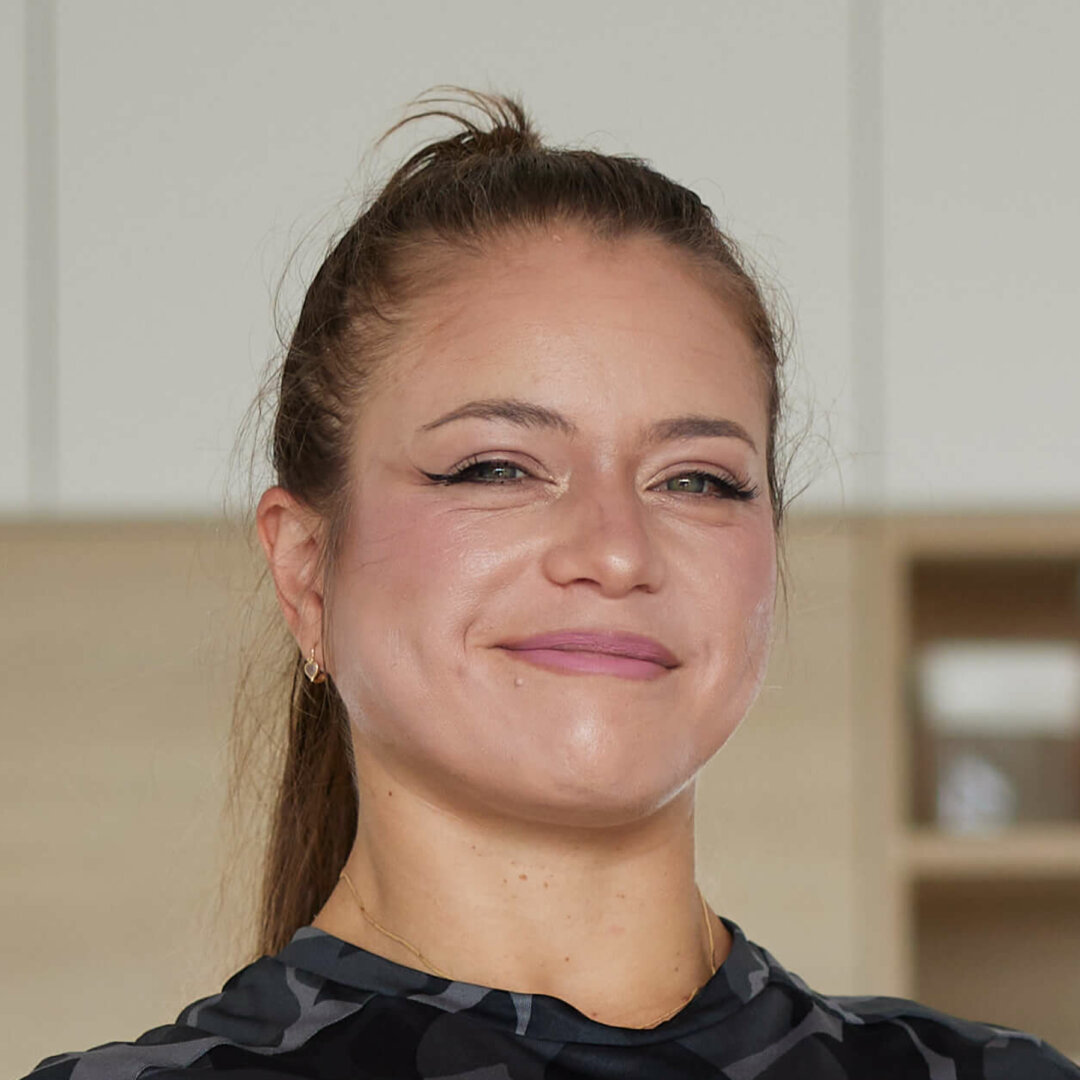Maintaining muscle as we age is a well-known challenge. Research has shown that resistance training (RT) can minimize the reduction and promote gains in muscle mass in postmenopausal and older females. However, there are no systematic reviews or meta-analyses that determine the volume of RT optimal for muscle hypertrophy in postmenopausal and older females. Therefore, in this article, we will explore whether high or low volume RT optimally promotes muscle hypertrophy in postmenopausal and older females.
Overview
What did they test? The authors conducted a systematic review and meta-analysis of randomized controlled trials (RCTs) that explored the effects of high or low volume resistance training on muscle hypertrophy in post-menopausal and older females.
What did they find? Fourteen RCTs were included in the review. Both HVRT and LVRT led to muscle hypertrophy when compared with control. However, HVRT elicited greater improvements in muscle hypertrophy.
What does it mean for you? For postmenopausal or older women, either high or low volume resistance training leads to increases in muscle mass, although larger improvements are seen with HVRT.
What’s the problem?
Purpose
We know that skeletal muscle mass (SMM) plays a fundamental role in the generation of strength and power required for physical independence and quality of life. We also know that SMM declines with age (>45 years old), and this occurs more rapidly in females, possibly due to the menopausal transition 1. Resistance training is widely recommended for postmenopausal and older females to maintain or induce gains in SMM 2. However, there are no systematic reviews or meta-analyses that determine the volume of RT optimal for muscle hypertrophy in postmenopausal and older females. Therefore, the current review aimed to explore whether high or low volume RT optimally promotes muscle hypertrophy in postmenopausal and older females.
Hypothesis
The authors hypothesized that both RT protocols (LVRT and HVRT) would promote muscle hypertrophy compared to the control group, and that the HVRT would elicit superior improvements.







